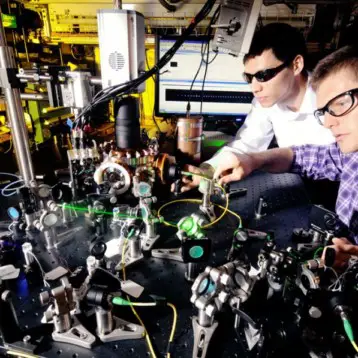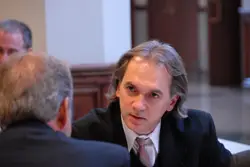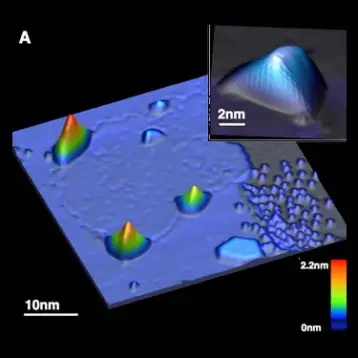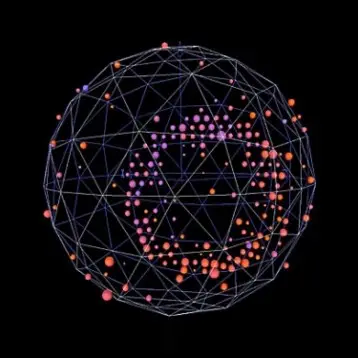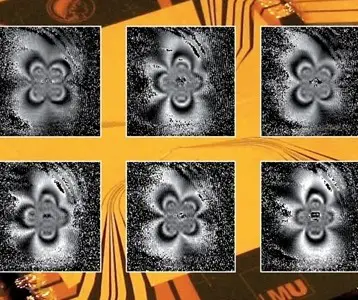|
The study, led by Dr Dave Alexander of Durham University’s department of physics, is published in the Monthly Notices of the Royal Astronomical Society. It details observations made on the galaxy called SMM J1237+6203; more specifically, it analyzes the gravitational pull it creates and the massive stars it contains. According to Alexander, the strong pull relates to excess gas, which creates extreme explosions – from which new stars are born. This is the main point of the study: the attempt to connect between a relatively stronger explosion which might have led to the formation of many new stars in the early universe.
“We are looking into the past and seeing a catastrophic event that essentially switched off star formation and halted the growth of a typical massive galaxy in the local universe,” says Alexander. The scientists claim that the explosions scattered the gas needed to form new stars by helping it escape the gravitational pull of the galaxy called SMM J1237+6203, effectively regulating its growth.
Due to the delay caused by the speed of light, astronomers see distant objects – such as the SMM J1237+6203 galaxy – as they were many years ago. In this case, the study’s data reflects the state of the universe when it was a quarter of its present age, just three billion years after the Big Bang. The findings show that the galaxy exploded in a series of blasts, trillions of times more powerful than any caused by an atomic bomb. The rate of these blasts is estimated at once every second – for the duration of millions of years. The result, scientists say, is scattering the gas needed to form new stars, by helping it escape the gravitational pull of the galaxy called SMM J1237+6203. Thus, the galaxy’s growth was efficiently synchronized.
“Effectively the galaxy is regulating its growth by preventing new stars from being born,” says Alexander. “Theorists had predicted that huge outflows of energy were behind this activity, but it’s only now that we have seen it in action.” The research team believes that the huge surge of energy was caused by either the outflow of debris from the galaxy’s black hole or from powerful winds generated by dying stars called supernovae.
Properties seen in massive galaxies near our own Milky Way suggest that a major event rapidly turned off star formation in early galaxies and halted their expansion. “Similar huge outflows are likely to have stopped the growth of other galaxies in the early universe by blowing away the materials needed for star formation,” Alexander explains.
The Durham-led team hopes the findings – observed by using the Gemini Observatory’s Near-Infrared Integral Field Spectrometer (NIFS) – could increase understanding about the formation and development of galaxies. Therefore, their research, which is funded by the Royal Society and the Royal Astronomical Society, is seen more as the cornerstone for future studies rather than a breakthrough discovery. According to Alexander, Durham University is part of a team building the K-Band Multi-Object Spectrometer (KMOS) for the European Southern Observatory’s (ESO) Very Large Telescope. KMOS will be used to further investigate the physical and environmental processes that shape the formation and evolution of galaxies.
TFOT has also covered a theory regarding premature supernovae, proposed by researchers at the Yunnan Observatory of the Chinese Academy of Sciences, and the proposal of a new galaxy formation theory, made by astrophysicists at the Hebrew University of Jerusalem. Another TFOT related story covers debris spotted from colliding galaxies, which might provide information about starburst activities.
For more information about the “Catastrophic Event” discovered by Durham University, see the official press release.






